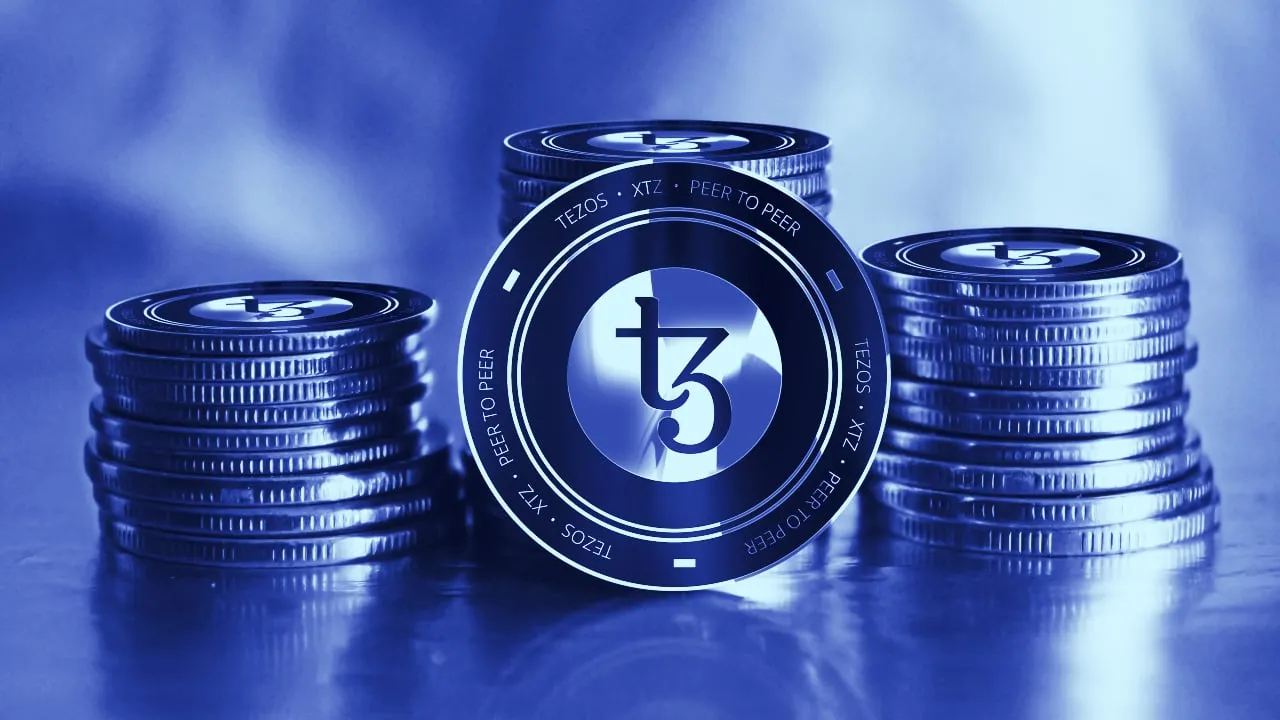In brief
- StableTech, a Tezos development group, launched wrapped Ethereum tokens this week, allowing the value of ETH to be transferred to the Tezos blockchain.
- Tezos is targeting DeFi users frustrated with high fees and slow transactions on the Ethereum network.
- StableTech raised seed funding in October to speed up DeFi development and win over users before Ethereum 2.0 is fully functional.
Wrapped tokens have already brought millions worth of value to the Ethereum blockchain. Now, Tezos is trying a similar strategy, debuting wrapped Ethereum on the Tezos blockchain to get in on the DeFi action.
ETHtz tokens went live on the Tezos mainnet December 12, allowing Tezos users to trade native tokens pegged to the price of ETH, according to a post from Wealthchain CEO Kevin Mehrabi. Wealthchain is one of the businesses that make up StableTech, a group of developers dedicated to advancing DeFi on the Tezos blockchain.
With wallets, block explorers, and exchanges already up and running, the addition of ETHtz is the latest effort from Tezos to draw DeFi activity away from the Ethereum network and onto its own blockchain as a lower-fee alternative.
DeFi, short for decentralized finance, represents a group of blockchain-based applications that replicate or enhance the functions of traditional financial institutions, without the need for a centralized third party like a bank or broker. Instead, they use automated blocks of code, known as smart contracts, on a blockchain network to facilitate financial functions like loan issuances, asset swaps, and interest payments.
DeFi also popularized the concept of “wrapped tokens” with products like Wrapped Bitcoin and renBTC. Wrapped tokens lock digital assets like Bitcoin in a custodial account or smart contract protocol in exchange for producing a 1:1 replacement of the token on an alternative blockchain, like Ethereum or Tezos.
Since June 2020, the “total value locked” (TVL) in DeFi protocols has increased from just $1 billion to more than $16 billion, according to DeFi data aggregator DeFi Pulse. TVL measures the value of digital assets contributed as collateral and liquidity across the DeFi ecosystem, and is a commonly used measure of the overall size of the budding industry.
Most of the industry is built atop Ethereum. But the ETHtz announcement notes that transaction fees on Ethereum have increased sharply when many users try to use the network at once, eating into profits and causing some transactions to take much longer than normal—or even fail. “A transaction on Tezos now costs not even 1% the cost of a similar transaction on Ethereum,” according to the release.
"It marks the beginning of a sea change for DeFi,” Wealthchain (a StableTech contributor) CEO Kevin Mehrabi told Decrypt. "It’s a solution for Etheruem holders to be able to trade ETH without depleting it in outrageous gas fees. It also shows that we’re in it to win it.”
Combined with the introduction of wrapped ETH tokens, Tezos could be one of a handful of Ethereum competitors to capture part of the DeFi market, even if only as a backup when Ethereum transaction fees are elevated.
DeFi on Tezos received support in October by way of a seed investment from VC firm Draper Goren Holm. Earlier in May 2020, StableTech released USDtz, a USD-pegged stablecoin built for the Tezos network that laid the groundwork for the growth of DeFi within the Tezos ecosystem. Tezos already uses a flavor of proof-of-stake consensus for processing blockchain transactions, allowing transaction throughput more than double the approximately 15 transactions per second Ethereum can currently handle.
In the next few weeks, StableTech is expected to release TEZEX: Bridge, a cross-chain token wrapping service that will make it easy to mint ETHtz from ETH tokens, with Tezos-wrapped Bitcoin to soon follow. Tezos Finance is also planned for a Q1 2021 release, offering automated lending services to Tezos users similar to Compound or Aave services on Ethereum.
The ongoing upgrade to Eth2, which promises to bring lower fees and faster transaction speeds to Ethereum, could take a bite out of the appeal of DeFi on Tezos, or any other blockchain for that matter. But full functionality for Eth2 doesn’t have a planned release date yet, and completing the phased upgrade could still take years.
That gap could create a big opportunity for Tezos or other Ethereum competitors to win market share, as DeFi activity has already pushed the Ethereum network to its limits with a relatively small number of users. Should DeFi go mainstream, Tezos could be in a good position to accommodate the overflow and pull ahead as the preferred DeFi alternative to Ethereum.
Correction: A previous version of this article stated that Tezos uses a version of proof of work. It uses proof of stake.

